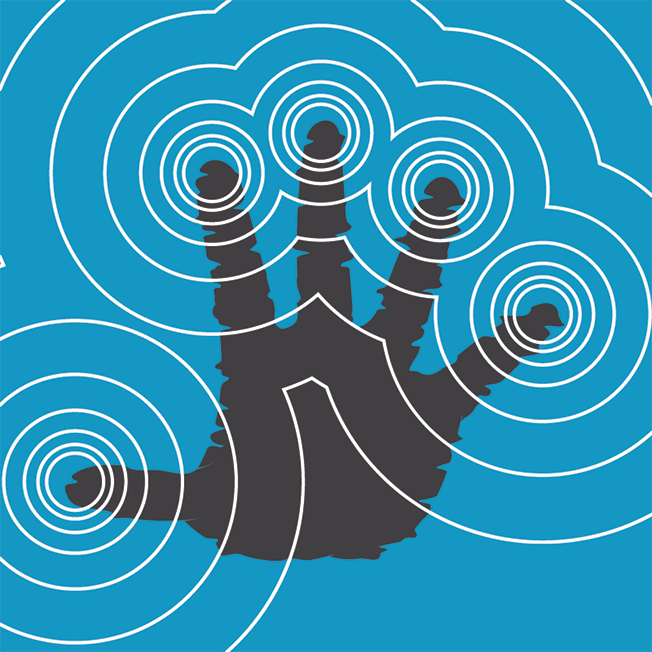Inspiration meets innovation at Brandweek, the ultimate marketing experience. Join industry luminaries, rising talent and strategic experts in Phoenix, Arizona this September 23–26 to assess challenges, develop solutions and create new pathways for growth. Register early to save.
In September, I was thrilled to participate in an Advertising Week panel with esteemed Adweek editorial director James Cooper and some of the storytelling industry's best and brightest. The topic? "It's all about the Story."

Shannon Pruitt
As someone who has spent a majority of my career in the entertainment business, the epicenter of storytelling, I want to believe that. I do believe that it IS all about the story.
But, I am concerned. I am concerned that the word "story" and notion of "storytelling" is becoming clichéd. I am concerned that as data, content, media and creative are seeping into the cultural definition of storytelling, we are becoming fascinated with the creation … but the actual stories and the value they are meant to bring to audiences are getting lost.
As I listened to my fellow panelists—the work we had done, the places they find success, and their offering—the thread that connected us all became abundantly clear. It was the ability for the emotion derived from an image, video, text based editorial (together or separate) to create a ripple across people and culture to connect with that experience—the story. But all too often today, the focus is on the creation of the stories and the stories and the storytelling sink to the bottom.
Stephanie Horbaczewski, CEO of StyleHaul and a fellow panelist, used the analogy of a single piece of branded content dropping like a stone to the bottom of a pond, and how the focus at StyleHaul Is to ensure the content also creates a ripple. She is 100 percent right. And that is what we, as brand marketers, content, storytelling, creators, should aspire to do each time we create, curate or co-create stories. Our stories should reach in and connect with audiences so that they want to pass them on, refer back to them and keep the story and its purpose alive.
At The Story Lab, we are an audience-led storytelling agency. We create and distribute content based on audience needs and behaviors … not just demos. We address the stone and the ripple. But too often in our space, it's just a stone thrown into a pond, sinking to the bottom, never to be seen or heard from again. And this type of strategy, or non-strategy, challenges not only the effective measurement of the impact of content as a standalone but also as part of a larger campaign ecosystem.
So how do we create the ripple?
We start by asking questions—and listening to the answers. Not fake listening, like when you are at a party and someone is telling a story, and instead of listening, you're busy trying to think of an equally good story to tell. No, this is the kind where you are actively engaged and have a million questions because you are interested in what someone is saying, how they are saying it and how they are adapting to your attention and focus (which is how it should always be, but that's another story).
My 3-year old daughter Mia is one of my biggest inspirations for this approach, beginning with the Why. The Why is the single most powerful way to get the ripple that connects a story to its audience. Why this audience? Why should they care about you and what you have to say? Why do you have the credibility and right to be having this conversation? Why is this considered storytelling and not repurposed advertising? Why did you select the story you are telling? Why would they have a barrier or even better trigger to receive it? Why are you choosing the distribution or influencer partner you are choosing to share the story? Why are they the best partner to help you adjust, optimize and measure the impact of your storytelling?
If you are anything like Mia, you may never run out of questions, but at some point with enough "whys" you can count on the right story, for the right audience, with the right partner, at the right time, place and context.
We all know impactful storytelling when we see it, hear it or experience it because we feel it. It's personal, it creates value in our lives, and it puts our needs, desires and motivations at its heart. To effectively cast the stone and create the ripple, we must remember that stories themselves are connected by a thread. They are meant to travel. And the best stories stay with us to be passed on to others again and again whether through a Facebook share, like, pin, snap, tweet, email, text or through good old fashioned word of mouth.
Advertising is not storytelling, ideas are not stories, creative is not distribution and distribution cannot compensate for mediocre stories. The audience will be the judge and jury. But for those of you who cast a stone, plan for the ripple and use the data to inform your next adventure, you will continue to be the successful ones in this space.
Shannon Pruitt (@ShannonPruitt) is president of Dentsu Aegis Network's The Story Lab, and is based in Los Angeles. She also serves as jury chair for the Adweek ARC Awards, which honors the best in branded storytelling. To enter the awards, click here, but hurry—the window for entries closes Nov. 10.








